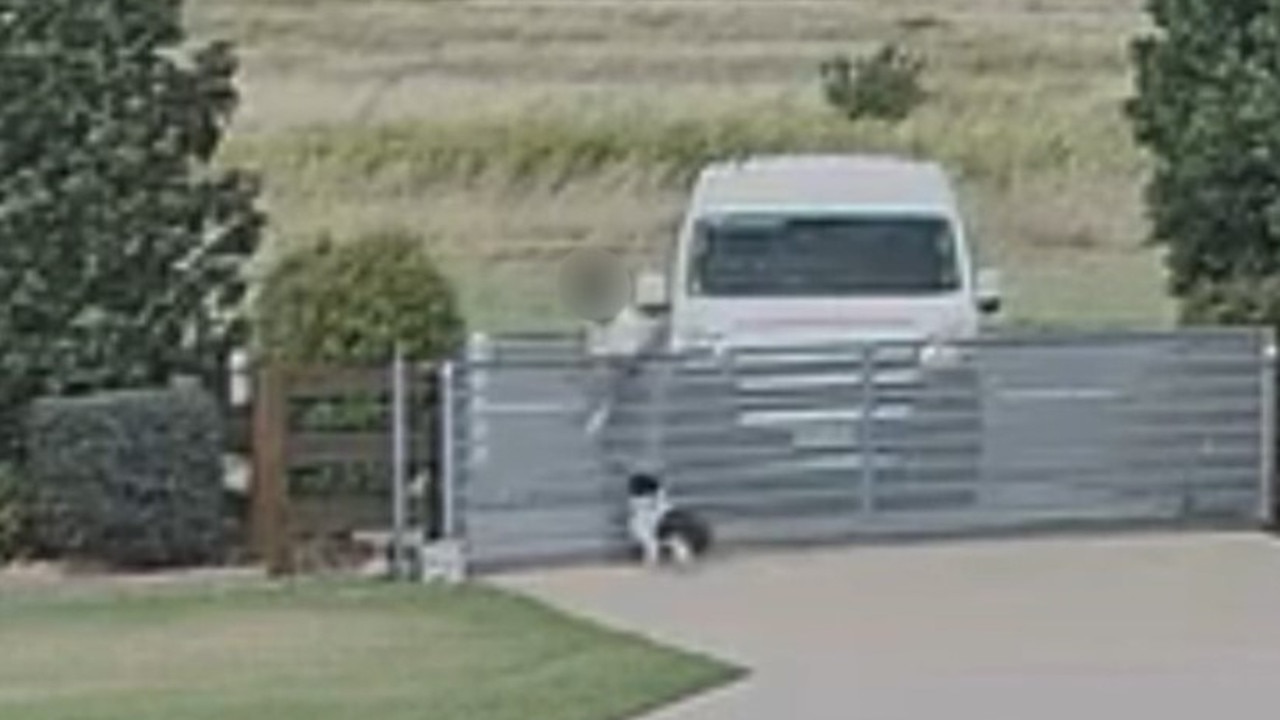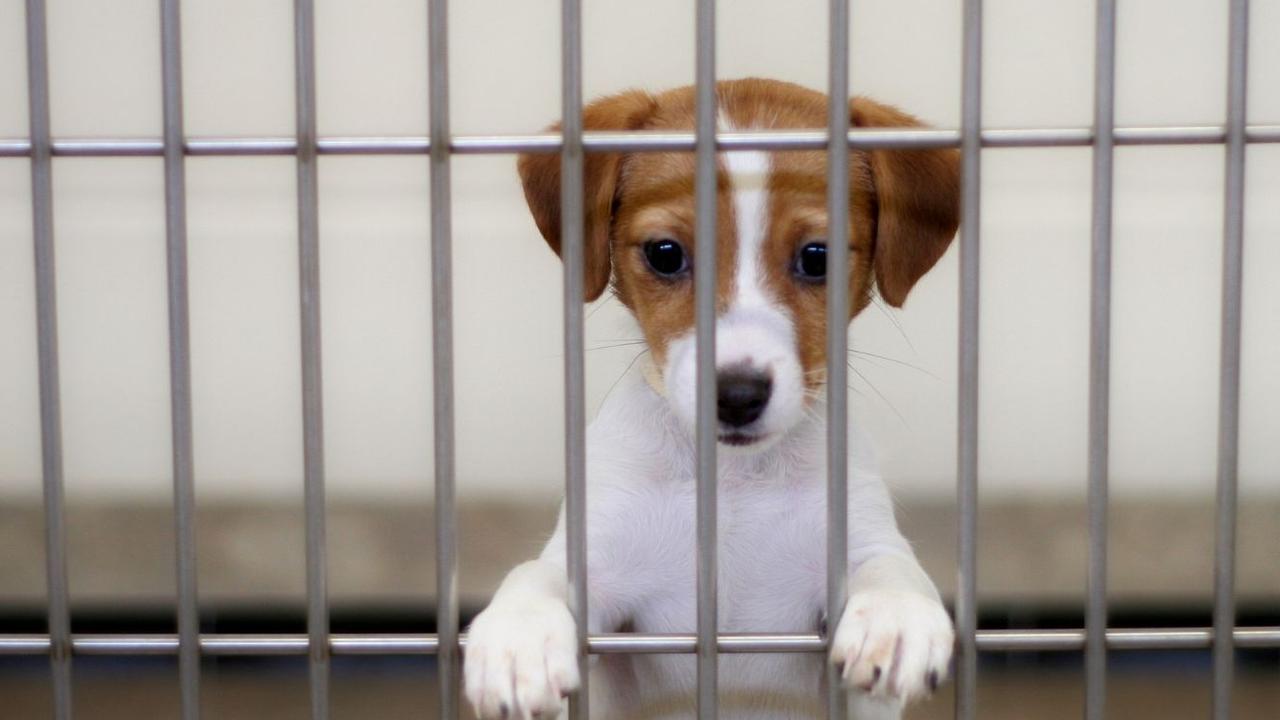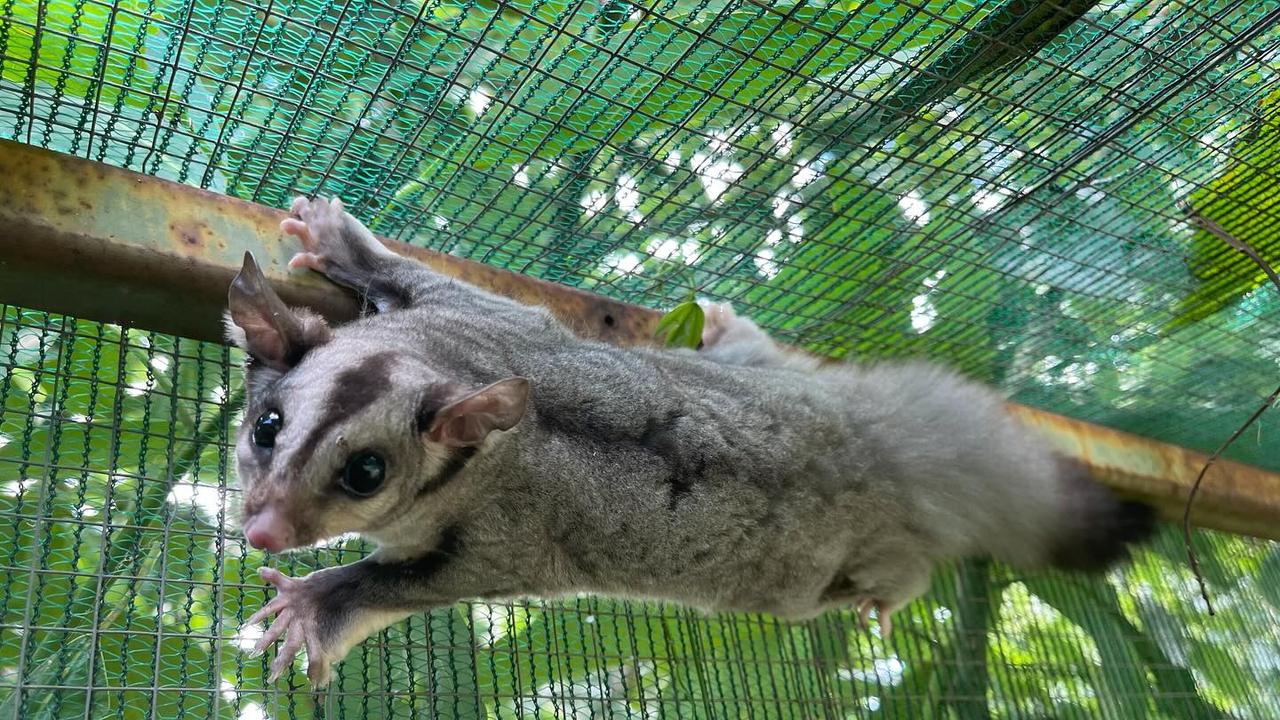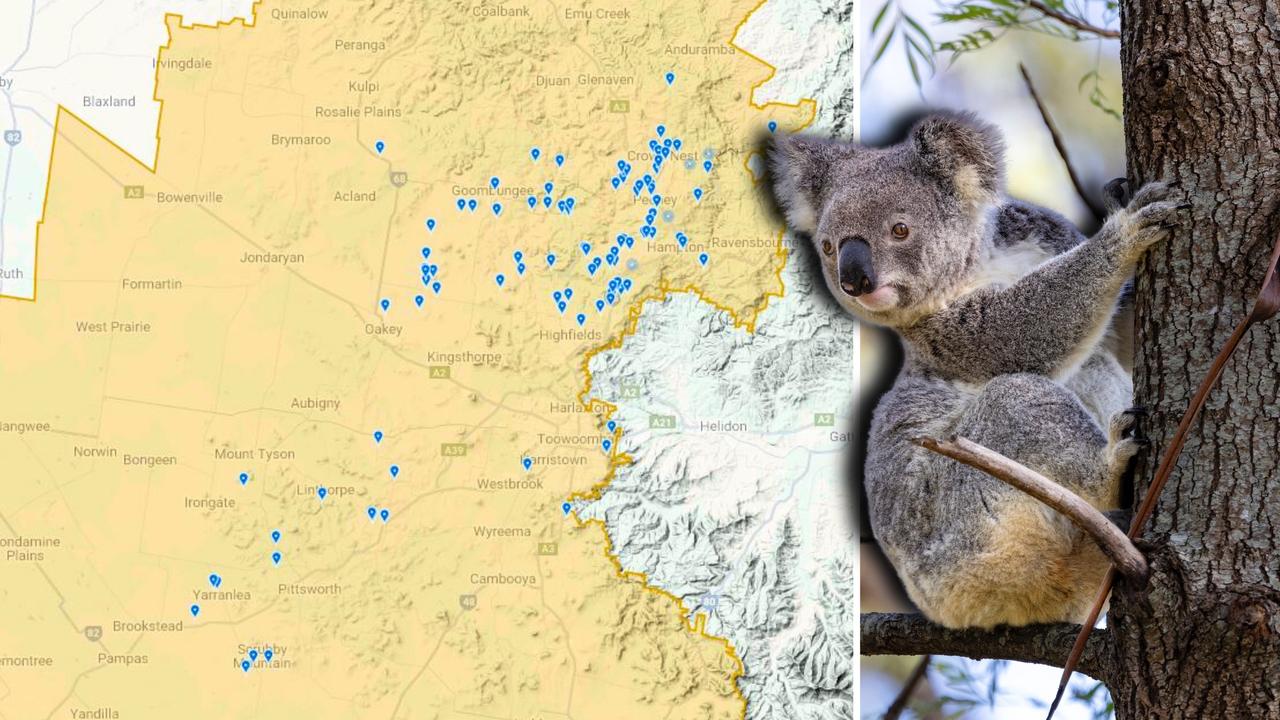Appeals for animal signage along Warrego Highway between Toowoomba and Dalby after multiple koalas killed by vehicles
The sight of dead koalas on the side of a busy Queensland highway has prompted calls for more to be done to save our iconic Australian wildlife. WARNING: GRAPHIC IMAGES.

Pets and Wildlife
Don't miss out on the headlines from Pets and Wildlife. Followed categories will be added to My News.
Drivers are being urged to keep an eye out for animals along the Warrego Highway after two koalas were killed near Jondaryan in the past few weeks.
The heartbreaking loss of the native icons has prompted calls for increased wildlife signage in the area.
Eugenie Navarre expressed her concern at the number of dead animals along the highway after finding the dead koala and urged for signage to be put in place.
“I am horrified of the slaughter of the animals along the highway without any signs, the Warrego Highway is a crossing point for Koalas and I’d like to see slow down for animal signs,” she said.
“In North Queensland they have crossing signs and special lines on the road but there is no indication here.
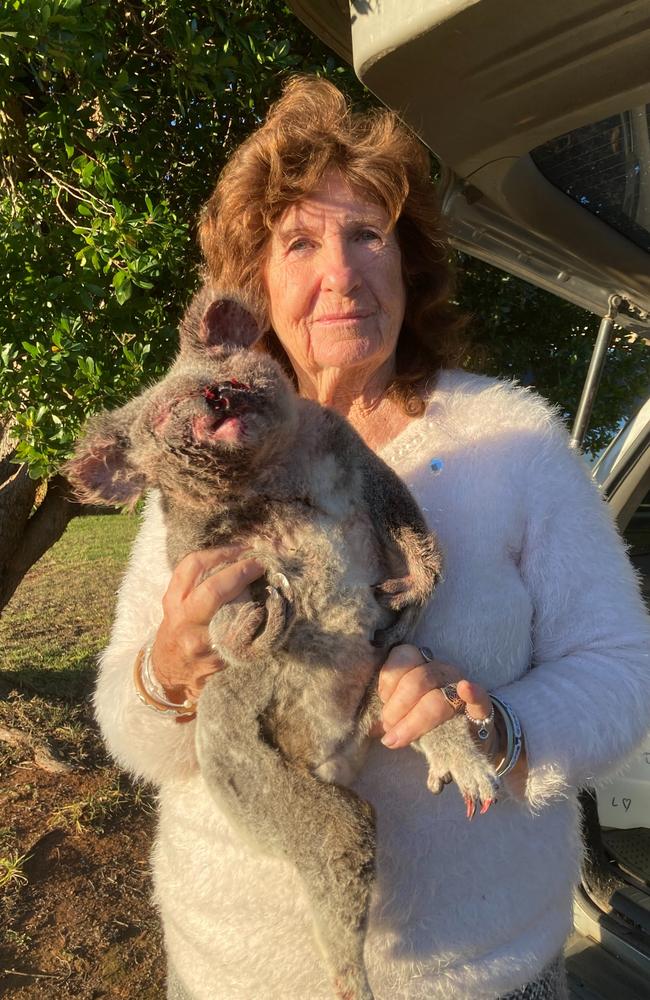
She also encouraged people who encounter the animals to do the “humane thing” and contact animal rescuers.
“On the death stretch between Dalby and Toowoomba lie the carcasses of dozens of kangaroos and very few people stop to check if there is a baby in either the kangaroo or koala pouches,” she said.
“If they did a quick call to the RSPCA they would give immediate advice with babies being accepted by veterinarians free of charge.

RSPCA data revealed that in 2023 there were 5000 animal and car collisions making up 5.5 per cent of all road accidents.
Toowoomba Koala and Wildlife Rescues' Judi Gray said they were frequently seeing dead or injured animals along the Warrego Highway particularly during the breeding season that starts in August.
“I am seeing probably a couple of koalas a week and that's just what I come across but I know other carers that are doing a lot more than that,” she said.
“We are seeing a lot of wallabies, kangaroos, koalas and echidnas.
“The main reasons we have for call outs are road trauma, dog attacks, disease and the occasionally displacement.
“At the moment young male koalas are dispersing out of their communities because they have to find a new place to live away from the alpha males and this is where we see incidents of road trauma and dog attacks.”

Ms Gray said she would also like to see more signage along the Warrego Highway.
“It would be good to have signs in areas where there are high risk and that's usually where the trees come close to the road, there's a lot of areas around Oakey where they live,” she said.
“Having signs would be helpful but that's up to Department of Transport and Main Roads to do that it isn't a local council issue.”
She encouraged people to contact the RSPCA if they see injured wildlife.
“Firstly you need to have your own safety in mind, sometimes it is difficult to stop on those roads,” she said.
“We encourage people to call the RSPCA because they will then disperse the calls to carers like myself or other carers in the region who can attend quickly.”
A Transport and Main Roads spokesperson said they were taking steps to reduce the risk of animal strikes across the state.
“The Department of Transport and Main Roads is committed to conserving and protecting native fauna, and we recognise this is a significant concern for the community,” they said.
“Wildlife warning signs are installed at strategic locations where the risk of collisions between road users and wildlife is most likely to occur.
“We work with various wildlife organisations to collect data relating to fauna/vehicle interactions on state controlled roads. This data is used in conjunction with publicly available data such as KoalaTracker and WildNet to inform road planning projects and to identify priority locations for fauna infrastructure.”
The TMR spokesperson said they were looking at installing animal rescue numbers to their signs in the region.
“TMR is aware that an increase in animal movements can occur during mating season or dry spells, however we are unaware of any recent increase in the number of animal strikes on the Warrego Highway specifically,” they said.
“Since March 2024 TMR’s Darling Downs office has received four inquiries from members of the public regarding wildlife signage, three relating to the New England Highway, and one to the Cunningham Highway.
“Requests for wildlife signage are assessed in accordance with the relevant legislation and engineering guidelines. Key considerations include historic crash data in the area, the size and type of animals involved, the posted speed limit, traffic volumes and the presence of other wildlife signage.
“TMR is considering the addition of the 1300 ANIMAL number to existing wildlife signage in high-risk areas within Darling Downs to assist members of the public in obtaining help for injured animals.”
TMR encouraged road users to drive to the prevailing conditions which includes reducing speeds when wildlife is present at keys times of the day, particularly dawn and dusk.





